Next-gen gyro compasses for ships


Latest silicon MEMS technology
Precisely capture rate of turn without a fixed point of reference. Gyroscope sensors are used whenever rate of turn sensing is required without a fixed point of reference. Our gyroscope sensors are equipped with the latest silicon MEMS sensor technology and provide either analogue or digital output. Their measurement ranges lie between 25°/s and 24,000°/s.

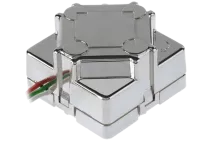
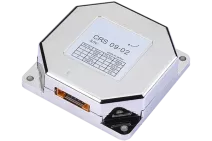
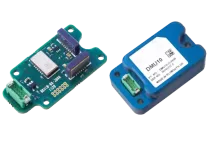
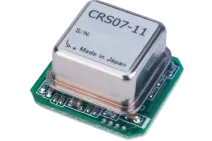
We offer standard Gyroscope sensors but can also help you with a customized design or a complete measurement solution.
Gyroscopes are an essential component of stabilization systems for platforms and flight devices such as drones, robots, etc. Our rate of turn sensors (MEMS gyroscopes) are used whenever you want to measure angular rate (°/s) without a fixed point of reference. That sets gyroscopes apart from instruments for tactile rotation measurements, such as tachometers or potentiometers. Thanks to modern silicon MEMS sensor technology, Althen gyroscopes can measure angular rate even in rough surroundings and at high temperatures.
These sensors (also known as vibrating structure gyroscopes) work according to the Coriolis principle. They detect the rotation rate using the phenomenon known as Coriolis. In our angular rate sensors, we use a vibration or resonance ring that is produced using a DRIE (Deep Reactive Ion Etch) bulk silicon process. The ring is supported in free space by eight pairs of dog-leg symmetrical spokes. The bulk silicon etching process and unique, patented ring design enable geometric properties within tight tolerances - for precise balance and thermal stability.
Unlike other MEMS gyroscopes, our angular rate sensors do not have narrow gaps that sometimes create interference and static friction problems. This makes them more efficient: their bias voltage and scaling factor are more stable - and that over a temperature range. They are also more resistant to vibrations and shocks. Another advantage of this design is that they are inherently insensitive to a rate error or 'g-sensitivity' caused by acceleration.

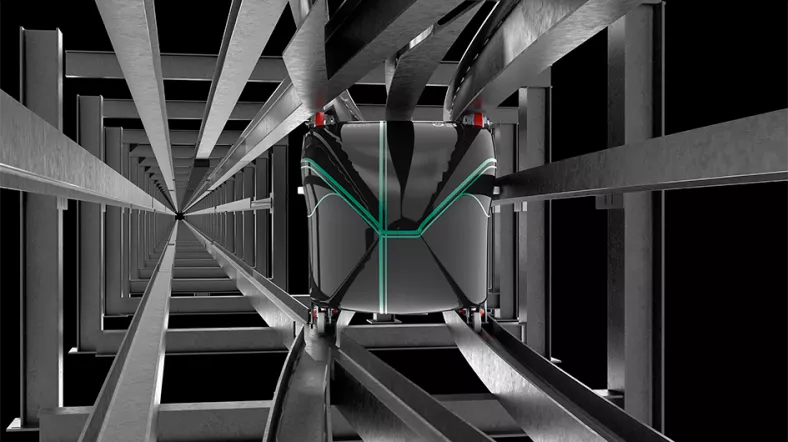
We offer standard gyroscope sensors and strain gauges but can also help you with a customized design or a complete measurement solution.
To ensure that the selected gyroscope sensor fulfils the high requirements of a high-performance application, a number of criteria must be considered in advance. These include, among others:
Do you need help choosing the right gyroscope sensor? Talk to us!